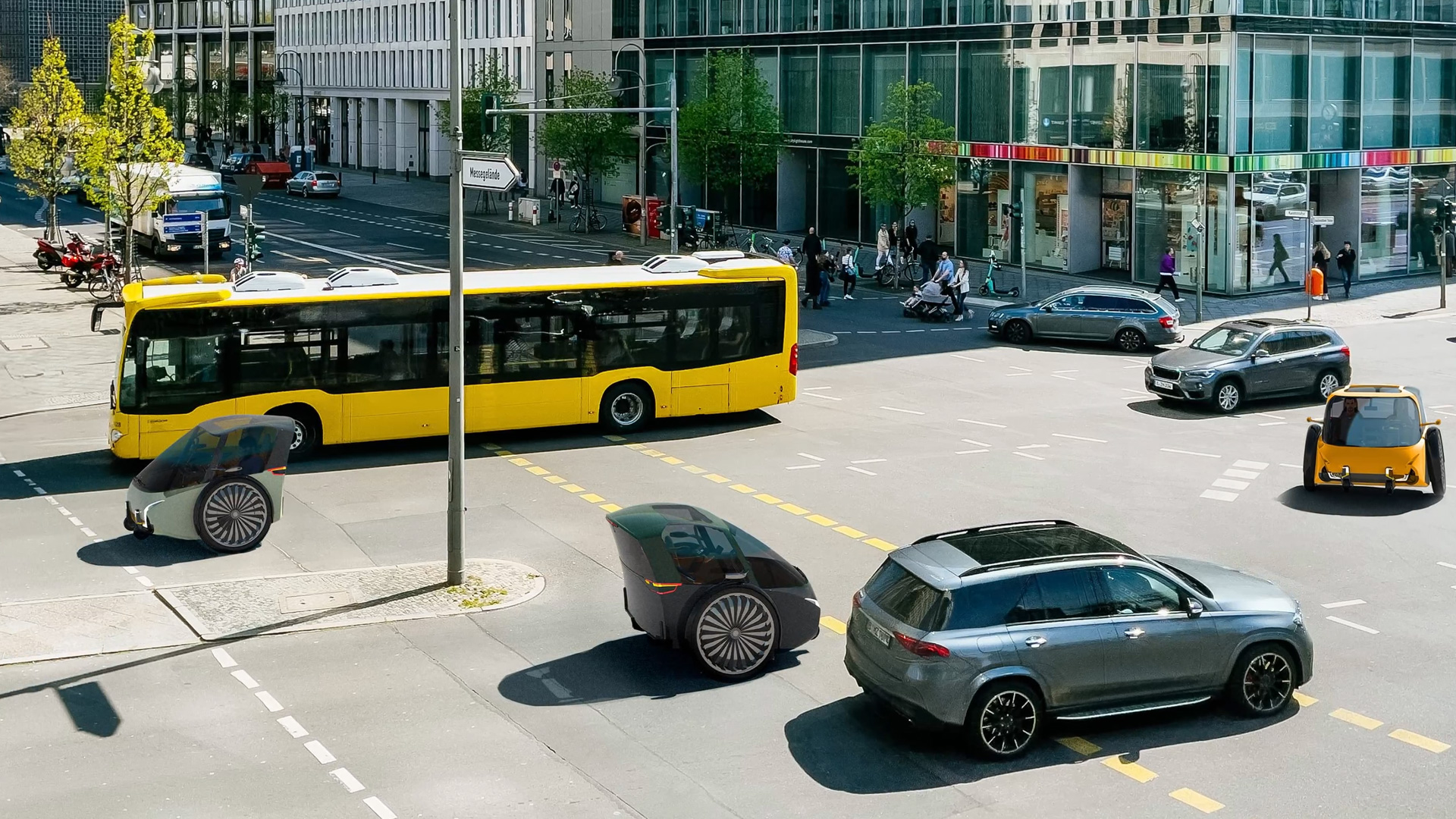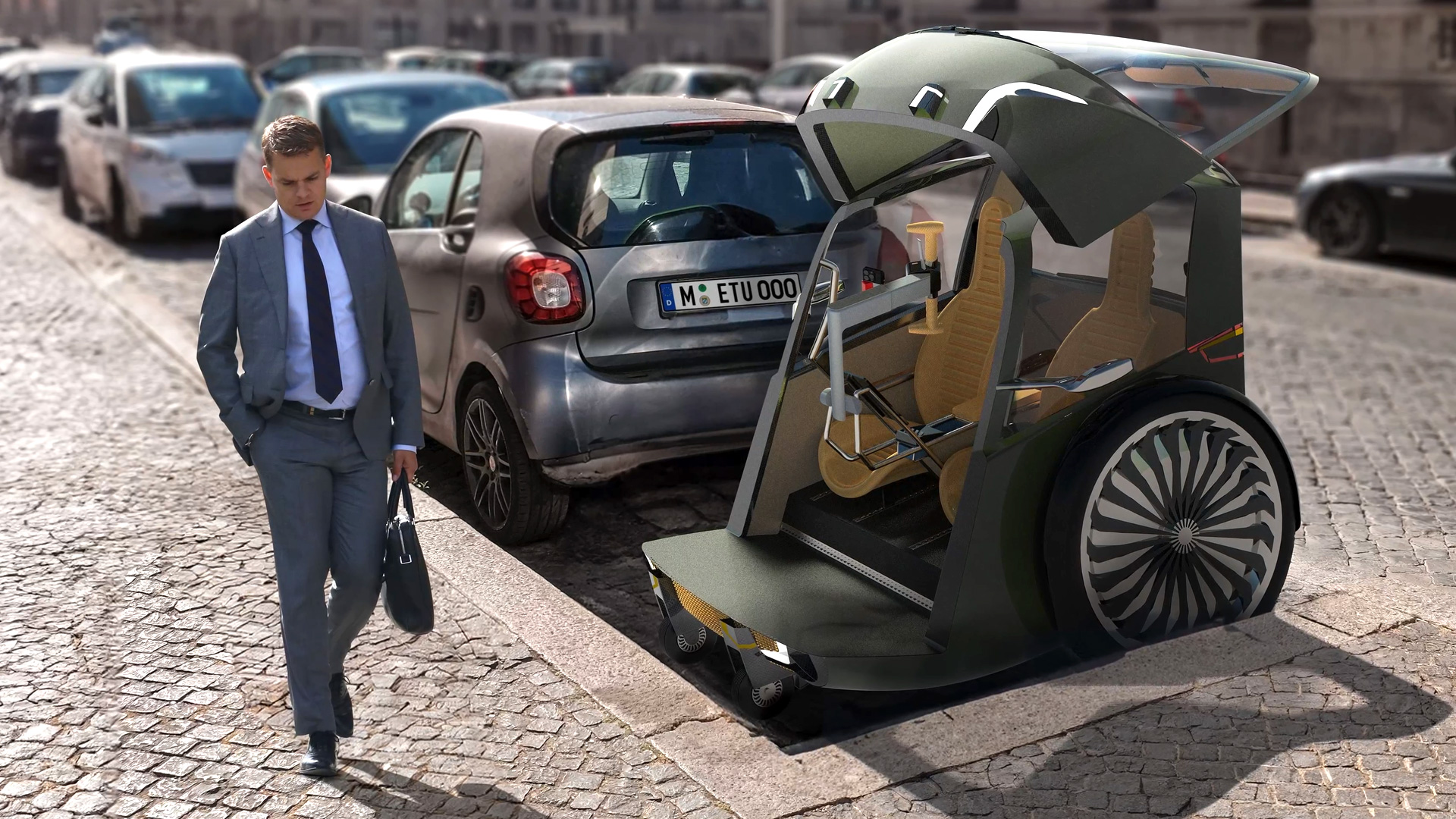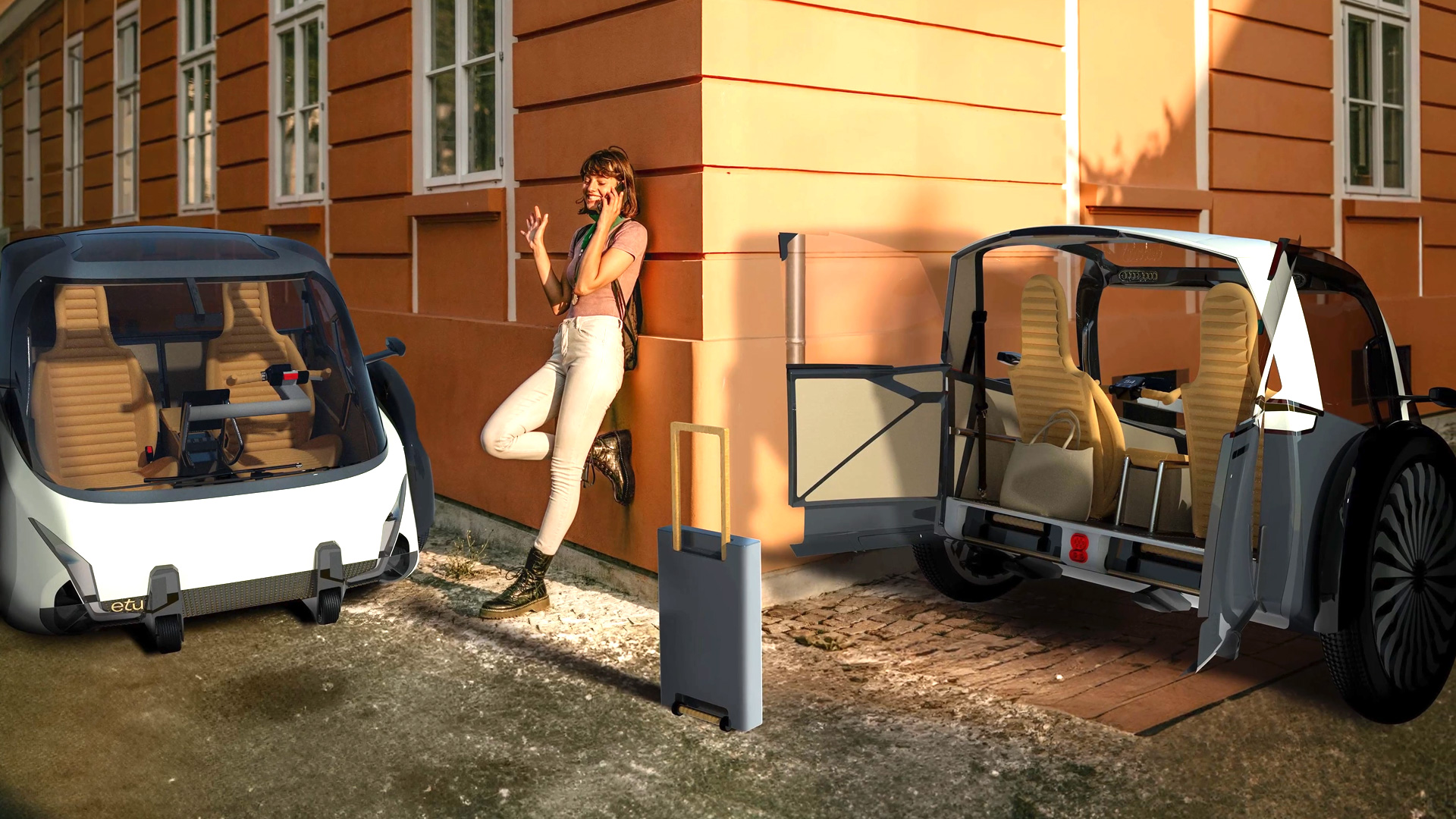In Kirchberg in Tyrol, a young start-up is working on rethinking urban transportation. Wolf eMobility GmbH is developing a lightweight vehicle that is radically different from previous city cars. Instead of relying on conventional drive concepts or mass production, the company is creating a vehicle that impresses with its technical sophistication, lightness, and emotion.
It is based on the principle of the Segway—a system that is controlled by shifting weight, enabling maximum agility. Applied to a two-wheeled vehicle with active chassis control, this results in a new type of driving dynamics that is unique in this form. The idea did not originate in a laboratory, but rather during an evening among friends – from a conversation about what mobility in cities should look like in the future so that it remains functional, ecological, and inspiring at the same time. This impulse gave rise to a company that combines technical expertise with passion.
Wolf eMobility's vehicle concept follows a clear guiding principle: mobility should be enjoyable without compromising on sustainability or practicality. At its heart is lightweight construction – not only to save energy, but also to optimize handling and agility. The compact structure enables a range of around 200 kilometers, while the vehicle remains agile enough to move effortlessly in dense city traffic. A key point is its independence from charging infrastructure. The batteries can be removed and charged externally – an advantage for users who do not have a fixed charging point or who want to use the vehicle in a sharing operation. Despite its compact size, the model offers a surprisingly spacious feel. There is no engine compartment or classic cockpit, creating more space in the interior. The aim was not to build a minimalist vehicle, but one that conveys comfort, style, and quality. The design is intended to emphasize the emotional component of mobility – driving pleasure, dynamism, and a high-quality appearance instead of purely functional reduction.

The outstanding feature of the Wolf concept is its driving dynamics. The vehicle has two wheels on one axle and uses an active chassis that tilts in corners – similar to a motorcycle. This tilting technology conveys a natural, intuitive driving experience that is significantly different from conventional small vehicles. The weight shift and electronically controlled balance control result in precise steering, which increases both safety and driving pleasure. The driver experiences immediate feedback – a kind of fusion of body movement and vehicle. The result is a completely new feeling of mobility that lies somewhere between a motorcycle, a Segway, and a city car. The vehicle remains stable, compact, and ideally suited for everyday urban use.
A remarkable aspect of the project is its accessibility. Entry is via a front flap – the driver can step out directly onto the sidewalk. This solution not only enables perpendicular parking, but also opens up new perspectives for barrier-free driving. People with limited mobility can easily drive their wheelchair directly into the vehicle, secure themselves in place, and drive independently. Wolf eMobility thus contributes to inclusion in urban mobility without compromising on design or performance. The practical benefits are also evident in everyday life: the luggage compartment is designed for daily shopping, with enough space for two crates of drinks or a larger weekly shop. The vehicle is only around 2.20 meters long – around 40 centimeters shorter than a Smart car – which offers significant advantages in terms of parking and maneuverability in cities.
Despite its small dimensions, the vehicle conveys the spacious feel of a small sedan. This is made possible by intelligent packaging: wheel hub motors replace the classic engine compartment, and motorcycle-like handlebars replace the bulky dashboard. This leaves space where it counts – for the driver and front passenger. The design reflects the reality of urban mobility: in cities, an average of 1.3 to 1.5 people sit in a car. A second row of seats is rarely needed. Wolf eMobility therefore deliberately dispenses with superfluous vehicle length and instead maximizes comfort in the available space.
Beyond pure driving pleasure, Wolf eMobility is thinking ahead to the future: the long-term goal is autonomous driving. This opens up completely new possibilities, especially in the urban sharing sector. Several vehicles should be able to be digitally coupled – a driver in front, passenger or luggage units behind. This would create a flexible, modular transport system for people and goods. This principle could also play a role in rural areas – for example, as a replacement or supplement for public transport when traditional scheduled services are not economically viable. The vision is a vehicle that can be used both individually and collectively, while being emission-free, space-saving, and intelligent.


The entry-level price is currently around €20,000 for the basic model. This positions the vehicle well below traditional electric cars and makes it attractive for municipal or commercial fleets – for example, in the care sector, delivery sector, or municipal utilities. In addition, two performance variants are planned: a version limited to 45 km/h for drivers aged 16 and over, and a fast version with a top speed of up to 90 km/h. The vehicle can be connected via smartphone, and functions such as range control and access can be controlled digitally. Comfort and design packages are offered as options, including sporty chassis tuning and advanced assistance systems. The goal remains to preserve the character of a lifestyle vehicle that is fun to drive and technically impressive.
Images: © WOLF eMobility GmbH